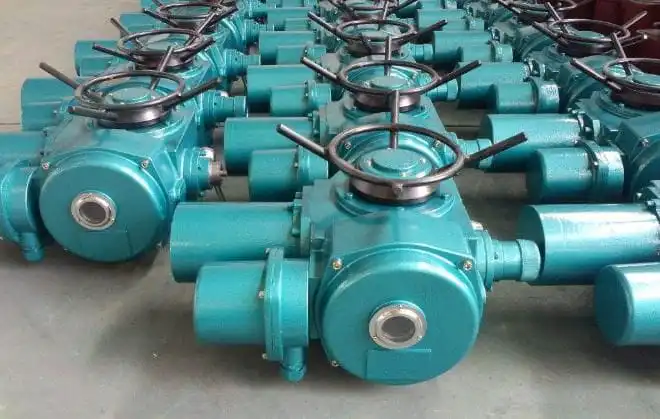More and more factories have adopted automatic control and manual operations which have been replaced by mechanical or automated equipment. It is required that the electric actuators function as an interface between the control system and the mechanical movement of the valve, and that the actuators are required to enhance the work safety performance.
In some dangerous situations, automated electric actuators can reduce personnel injuries. Some special valves require emergency opening or closing under special conditions. Electric actuators can prevent further spread of the hazard while minimizing plant damage. For some high-pressure and large-diameter valves, the required output torque of the electric actuator is very large.
At this time, the required electric actuator must increase the mechanical efficiency and use a high-output motor, so that the large-diameter valve can be operated smoothly. For some small-torque valves, fine and small electric valves are also used. They have the advantages of lighter weight, compact structure and complete functions than those of ordinary ones.

